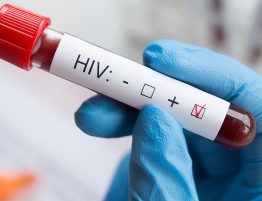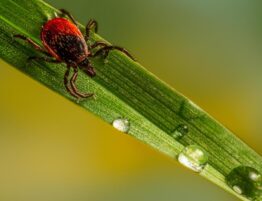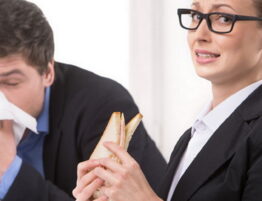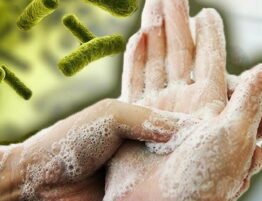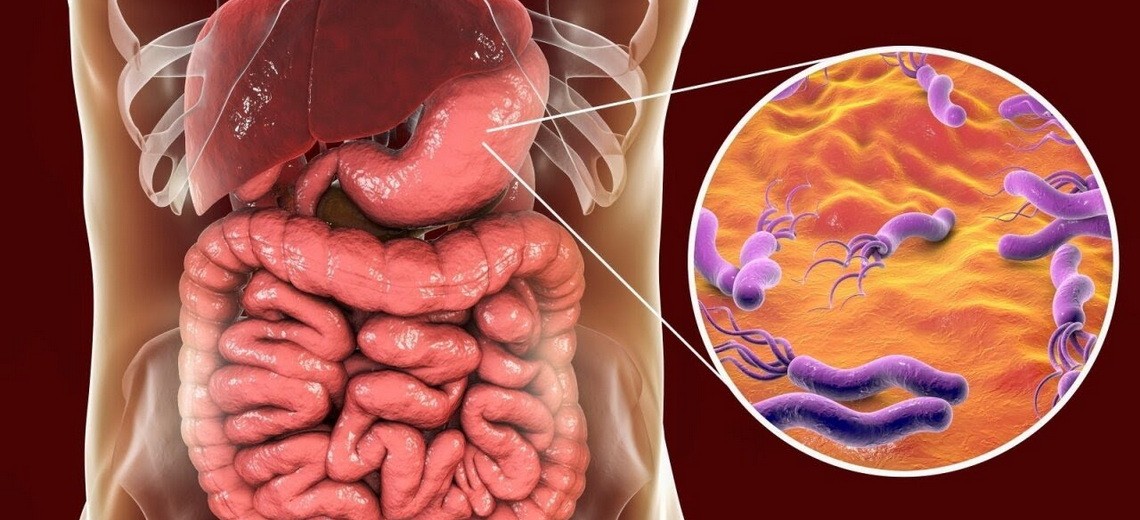
The causative agents of intestinal infections and viral hepatitis A and E enter the human body through the mouth with contaminated food, water, or with dirty hands.
From the body of a sick person into the external environment, these microbes are released with feces, urine, saliva, vomit and can survive for a long time on environmental objects: on linen, bed, towel, dishes , other objects with which the patient came into contact.
In order not to catch an intestinal infection and viral hepatitis A and E, everyone should know and follow certain rules.
Keep it clean
- Wash your hands before handling or preparing food. Wash your hands after using the toilet.
- Always wash and disinfect all used surfaces and kitchen utensils after preparing food.
- Protect your kitchen and food from insects, rodents, and pets.
Although most microorganisms do not cause any disease, many of them found in soil, water and the body of animals and humans are dangerous. They are transmitted through handshakes, household rags, especially cutting boards. A simple touch can transfer them to food and cause foodborne illness.
Separate raw from cooked
- Separate raw meat, food and seafood from other foods.
- To process raw foods, use separate kitchen utensils and utensils, such as knives and cutting boards.
- To avoid contact between raw and cooked foods, store all food in a sealed container.
Dangerous microorganisms are found in raw foods, meat, poultry, seafood and their juices, which can be transferred to other foods during cooking and storage.
Fry or boil foods well
- Fry or parboil foods thoroughly, especially meat, poultry, eggs, and seafood.
- Bring foods such as soups and stews to a boil to ensure they reach 70°C.
- When cooking meat or poultry, the juices should be clear and not pink (use a thermometer for this).
- Reheat cooked foods thoroughly.
Thorough heat treatment kills almost all dangerous microorganisms. The study found that cooking foods at 70°C can make them significantly safer to eat. Foods to pay special attention to are ground meats, meatloaves, large cuts of meat and whole poultry.
Store food at safe temperatures
- Do not leave cooked food at room temperature for more than 2 hours.
- Refrigerate all cooked and perishable foods without delay (preferably below 5°C).
- Keep cooked food hot (above 60°C) until serving.
- Do not store food for a long time, even in the refrigerator.
- Do not defrost food at room temperature.
At room temperature, microorganisms multiply very quickly. At temperatures below 5°C or above 60°C, their reproduction process slows down or stops. Some dangerous microorganisms can still reproduce at temperatures below 5°C.
Choose fresh and unspoiled foods
- Use clean water, or purify it.
- Choose fresh and unspoiled foods.
- Choose foods that have been processed to make them safer, such as pasteurized milk.
- Wash fruits and vegetables, especially when served raw.
- Do not consume expired products.
Unprocessed foods, as well as water and ice, may contain harmful microorganisms and chemicals. Spoiled or moldy foods can produce toxins. Carefully processed and well-washed or peeled foods are less hazardous to health.
So as not to infect others
To avoid infecting others, disinfect the apartment after hospitalization of the patient, following the instructions of a medical professional and observing the following requirements:
- put on easily washable clothing, a headscarf, and rubber gloves;
- boil the patient’s bedding and underwear in a 2% soap solution for 15 minutes from the moment of boiling;
- boil dishes and toys (in a 2% soap solution for 15 minutes) or treat the toys with a 2% soap-soda solution;
- do a wet cleaning of the patient’s room (bed, furniture, window sills, doors, etc.) using household disinfectants, 2% soap and soda or any other cleaning solution;
- disinfect other rooms (rooms, kitchen) in the same way with the windows open;
- last of all, do a wet cleaning of the bathroom and bathroom using detergents and cleaning products;
- After completing the processing, thoroughly wash your gloves, remove your work clothes, place them in a basin and boil; wash your hands, take a shower.
Bedding and clothes of the patient, at the request of relatives, can be disinfected in a disinfection chamber at the territorial center of hygiene and epidemiology for a fee.
If a patient is left at home for treatment, take certain safety measures until he recovers:
- isolate the patient, giving him, if possible, a separate room; if this is not possible, isolate the children and limit the patient’s contact with other family members as much as possible;
- monitor the patient’s compliance with doctor’s orders and recommendations to prevent infection of others;
- give the patient separate bed linen, a towel, care and personal hygiene items (toothbrush, washcloth), and the child – toys made from fabrics that are easy to wash and can withstand high temperatures;
- ensure separate collection and storage of dirty linen and the patient’s belongings until washed;
- do not allow the patient to cook food or wash dishes;
- boil the patient’s dishes and toys after each use for 15 minutes from the moment of boiling in a 2% soap solution (20g per 1 liter of water) or soak in a disinfectant solution (purchased at a pharmacy) in accordance with the attached instructions for its use;< /li>
- You can disinfect used linen, towels, and handkerchiefs of a patient:
- boiling in a 2% soap solution (20g per 1 liter of water) for 15 minutes from the moment of boiling;
- washing in an automatic washing machine according to programs for very heavily or heavily soiled laundry, separately from the laundry of other family members;
- by soaking in a disinfectant solution according to the Instructions for Use;
- keep the premises clean, especially in the kitchen and common areas (outdoor toilet);
- carry out mandatory daily routine wet cleaning of premises and furnishings using detergents and cleaning agents;
- for wet cleaning in the patient’s room (bed, furniture, window sills, doors, etc.), washing his dishes, select a separate rag, which should be boiled after each use;
- packages, newspapers, food and other waste used by the patient after cleaning his room should be packed in disposable plastic garbage bags and taken out of the apartment as quickly as possible;
- for patient care and cleaning, wear separate, easily washable clothes, a headscarf, preferably rubber gloves;
- observe personal hygiene measures, temporarily stop using bar soap (this applies to all family members);
- wash your hands thoroughly with soap and water after any contact with objects used by the patient (when working with dirty linen, care items and plumbing contaminated with the patient’s secretions, use rubber gloves);
- prevent flies from flying in and hatching.
Know that after recovery of a patient treated at home, it is necessary to carry out cleaning and final disinfection as after hospitalization of the patient.
By following these precautions and preventive measures, you can protect yourself and others from acute intestinal infections, as well as viral hepatitis A and E.
Sanitary and Epidemiological Service of the Ministry of Health of the Republic of Belarus of the State Institution “Brest Regional Center for Hygiene, Epidemiology and Public Health”


